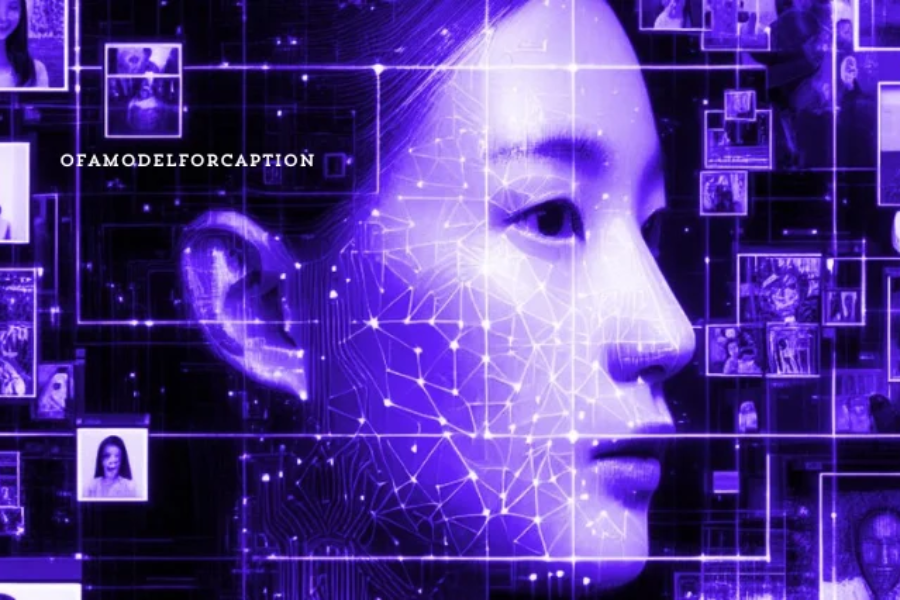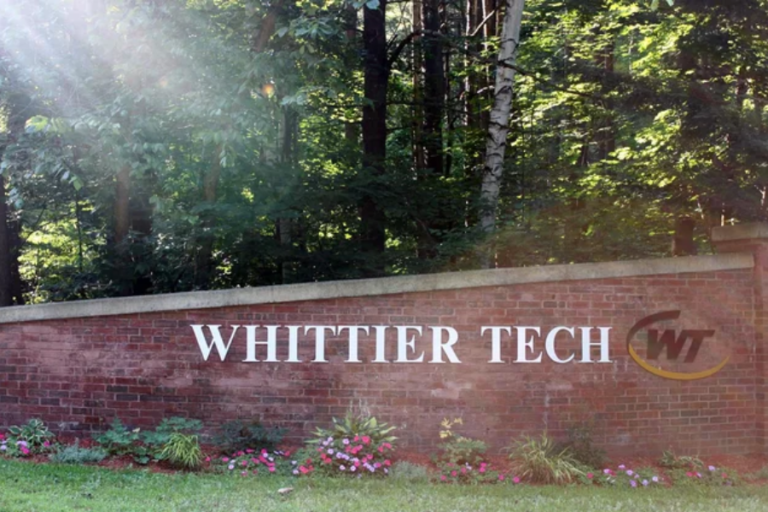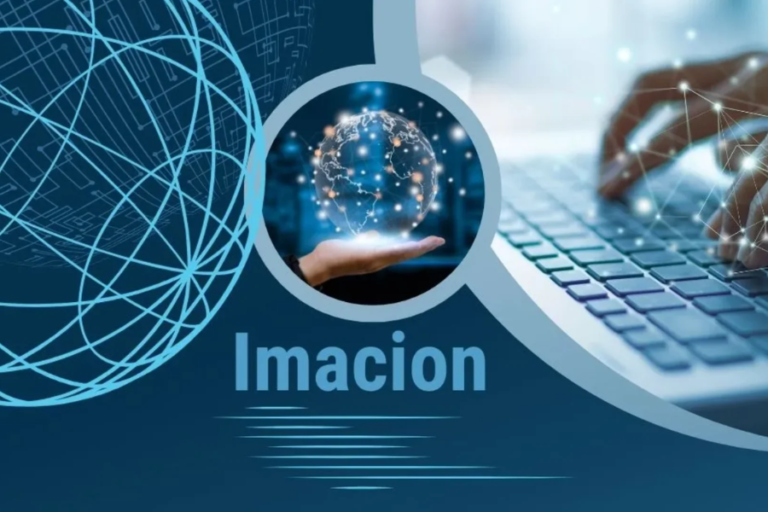Unveiling the Concept of “ofamodelforcaption”: A Next-Generation AI Captioning Model
Artificial intelligence continues to revolutionize the way we interact with visual content. One area seeing remarkable advancement is image captioning, a process that helps bridge the gap between visual and textual communication. Among emerging technologies, “ofamodelforcaption” is gaining attention for its ability to generate accurate and meaningful captions for multimedia content. This AI model is a significant leap in the field of automated captioning, aimed at improving accessibility, automating tasks, and enhancing user experiences across various platforms.
Defining “ofamodelforcaption”
The term “ofamodelforcaption” refers to an advanced AI-powered captioning model, likely short for Optimized Fine-tuned Algorithm Model for Captioning. The core idea is to use sophisticated deep learning techniques to produce highly relevant and detailed captions for images, videos, and other visual content. Such a model serves multiple purposes, from aiding visually impaired individuals to automating social media content creation.
This model integrates two powerful AI disciplines: computer vision and natural language processing (NLP). It is designed to “see” the content of an image through visual analysis and then “describe” it using language models, creating human-like captions that go beyond simple identification of objects.
How Does “ofamodelforcaption” Function?
The architecture behind this AI model is built on several key stages, each essential for generating high-quality captions.
1. Visual Feature Extraction
The first stage in the process involves feeding the image into a visual encoder, usually a deep Convolutional Neural Network (CNN) such as ResNet or InceptionV3. These neural networks are highly effective at identifying various features like objects, textures, colors, and spatial arrangements in an image. After processing, the image is converted into numerical data that the model can interpret.
2. Multi-Modal Attention Mechanism
Once the image’s key features have been extracted, the next stage employs multi-modal attention mechanisms. This technique allows the model to focus on specific, relevant parts of the image. For instance, in an image of a sunset on a beach, the model may emphasize elements such as the setting sun, water reflections, and sandy shore to generate a caption that fully captures the scene.
3. Language Generation with NLP Decoders
The text generation process is handled by an NLP-based decoder, often using transformer models such as GPT or BERT. These decoders translate the visual data into human-readable sentences. The task goes beyond simple object labeling by constructing grammatically correct and contextually accurate descriptions.
4. Fine-Tuning for Accuracy
Finally, the model is optimized through backpropagation and fine-tuned using extensive datasets containing images paired with captions. This continuous training allows the AI to refine its ability to generate captions that are both coherent and relevant.
Applications of “ofamodelforcaption”
1. Accessibility for Visually Impaired Users
One of the most impactful uses of the ofamodelforcaption is enhancing accessibility. By producing accurate and descriptive captions for images and videos, the model allows visually impaired users to experience visual media in a more meaningful way. Assistive technologies like screen readers can read these captions aloud, offering a richer understanding of the content.
2. Automated Social Media Content
In the era of social media dominance, creating engaging and contextually appropriate captions can be a time-consuming process. With ofamodelforcaption, this process can be automated. Whether it’s a travel blogger posting a photo of their latest adventure or a brand marketing its products on Instagram, the model can generate eye-catching, relevant captions that resonate with the audience.
3. E-Commerce Product Descriptions
In online retail, accurate product descriptions are crucial for driving sales. Ofamodelforcaption can generate detailed descriptions based solely on product images. This offers businesses the advantage of producing consistent, SEO-optimized descriptions at scale, improving both user experience and search rankings.
4. Journalism and Digital Media
Captioning is a fundamental part of visual journalism. News outlets can use ofamodelforcaption to automatically generate captions for images and video footage, ensuring that their content is accessible and understandable to all audiences. This can significantly speed up the process of publishing news articles with accompanying visuals.
Challenges Facing “ofamodelforcaption”
1. Understanding Complex Visual Contexts
Despite its advancements, ofamodelforcaption faces limitations when it comes to interpreting complex scenes or nuances. For example, capturing subtle emotions, understanding satire, or describing abstract artwork presents challenges for any AI-based model. As a result, the captions may sometimes lack depth or fail to fully capture the essence of the image.
2. Cultural Sensitivity and Contextual Relevance
One of the more significant challenges is ensuring that captions are culturally and contextually relevant. For instance, a caption generated for a specific image might be appropriate in one culture but offensive in another. Training models on diverse datasets and incorporating cultural sensitivity into the captioning process is vital for widespread adoption.
3. Bias in Training Data
Like many AI models, ofamodelforcaption is susceptible to biases inherent in its training data. This could lead to stereotypical or biased descriptions, particularly in images depicting people from diverse backgrounds. Efforts to minimize bias through ethical AI practices will be crucial for the continued development of inclusive models.
Future Directions for “ofamodelforcaption”
The future of image captioning models, including ofamodelforcaption, lies in the enhancement of multi-modal learning, where different forms of data (like images and text) are understood together. Upcoming technologies such as Vision Transformers (ViTs) and zero-shot learning aim to push the boundaries of what AI captioning models can achieve.
1. Vision Transformers (ViTs)
ViTs represent a promising development in the field of computer vision. These models use attention mechanisms to better capture spatial relationships and details in images, resulting in even more accurate captions. When combined with NLP decoders, ViTs could dramatically improve the ability of ofamodelforcaption to interpret complex scenes.
2. Zero-Shot Learning
Zero-shot learning is another promising area. It allows AI models to generate captions for images that they have never encountered during training. This could be revolutionary, particularly in fields like e-commerce or digital media, where businesses deal with unique content every day. By employing transfer learning techniques, the ofamodelforcaption model could become adaptable to a wide range of industries and use cases.
3. Cross-Modal Learning
Cross-modal learning integrates multiple forms of input, like combining images, audio, and text, to generate more comprehensive captions. This kind of integration could improve the accuracy of the captions by using additional contextual clues beyond just visual data.
Conclusion
The evolution of AI captioning models, as exemplified by the concept of ofamodelforcaption, holds immense promise for transforming how we interact with visual content. By leveraging deep learning techniques from both computer vision and natural language processing, these models are capable of producing contextually aware, grammatically correct, and meaningful captions.
Although challenges related to understanding complex scenes, managing cultural sensitivity, and mitigating bias remain, the future of these models looks bright. With advancements in technologies like Vision Transformers and zero-shot learning, ofamodelforcaption is poised to lead the next wave of innovation in AI-driven content generation, accessibility, and automation. The continuous refinement of these models will enable them to provide even more accurate and diverse captions, ultimately enhancing user experiences across a wide array of applications.
Keep an eye for more news & updates on Internal Breaking!






